Features:
Printing and dyeing wastewater has the characteristics of large water volume, high chroma, and complex composition, which cause serious pollution to the environment. According to its source, the printing and dyeing wastewater mainly includes the wastewater with lanolin, acid dyes, and auxiliaries as the main pollutants produced in the dyeing, milling and scouring processes of the wool spinning mill. , Mercerizing, dyeing and printing process produced waste water with pulp, dyes, auxiliaries, fiber wax and pectin as pollutants, ramie textile printing and dyeing plant degumming, dyeing and finishing process of ramie gum and dyes Waste water with auxiliaries as the main pollutants, silk spinning mills produce waste water with sericin, dyes, and auxiliaries as pollutants during the process of silk reeling, scouring, dyeing and finishing. Dyeing and post-processing waste water containing pollutants as fiber waxes, dyes and auxiliaries. The composition of printing and dyeing wastewater is complex, and the chromaticity is 100-500 times. The chemical oxygen demand (COD) varies from 400mg/L to 2500mg/L depending on the quality of the wastewater. The five-day biochemical oxygen demand (BOD5) is relatively small and can be The biochemical properties (BOD5/COD) are poor, and the suspended solids reach 100-400mg/L, which is one of the more difficult industrial wastewaters to treat.
Approach:
The printing and dyeing wastewater enters the adjustment tank, the coagulation sedimentation tank, the composite aeration activated sludge reaction tank, the hydrolysis acidification tank, the contact oxidation tank, the secondary sedimentation tank, the membrane biological reaction tank and the reverse osmosis reaction tank through the grid channel in turn for recovery deal with.








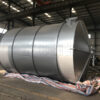



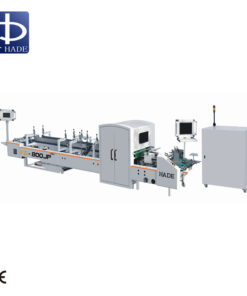
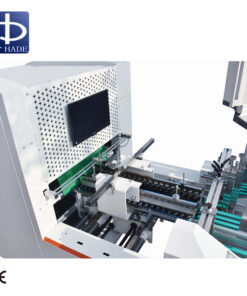
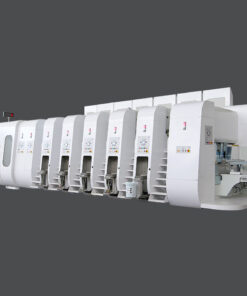
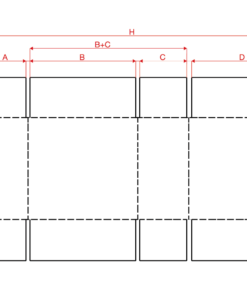
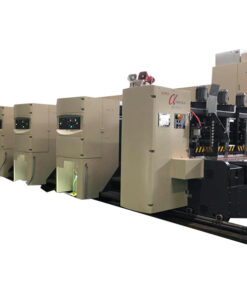

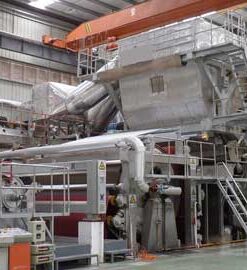
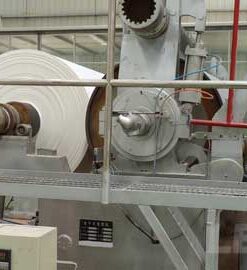

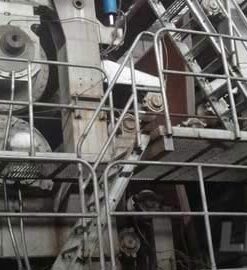
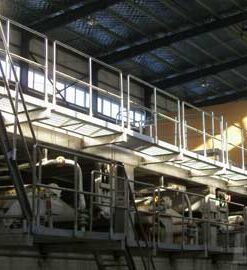
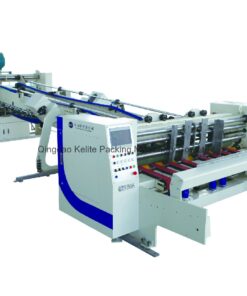
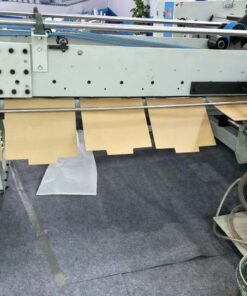
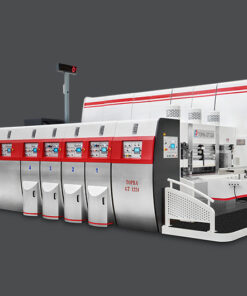
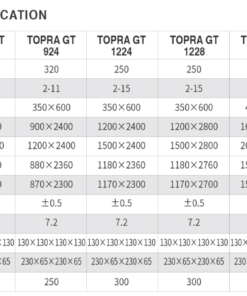
Reviews
There are no reviews yet.